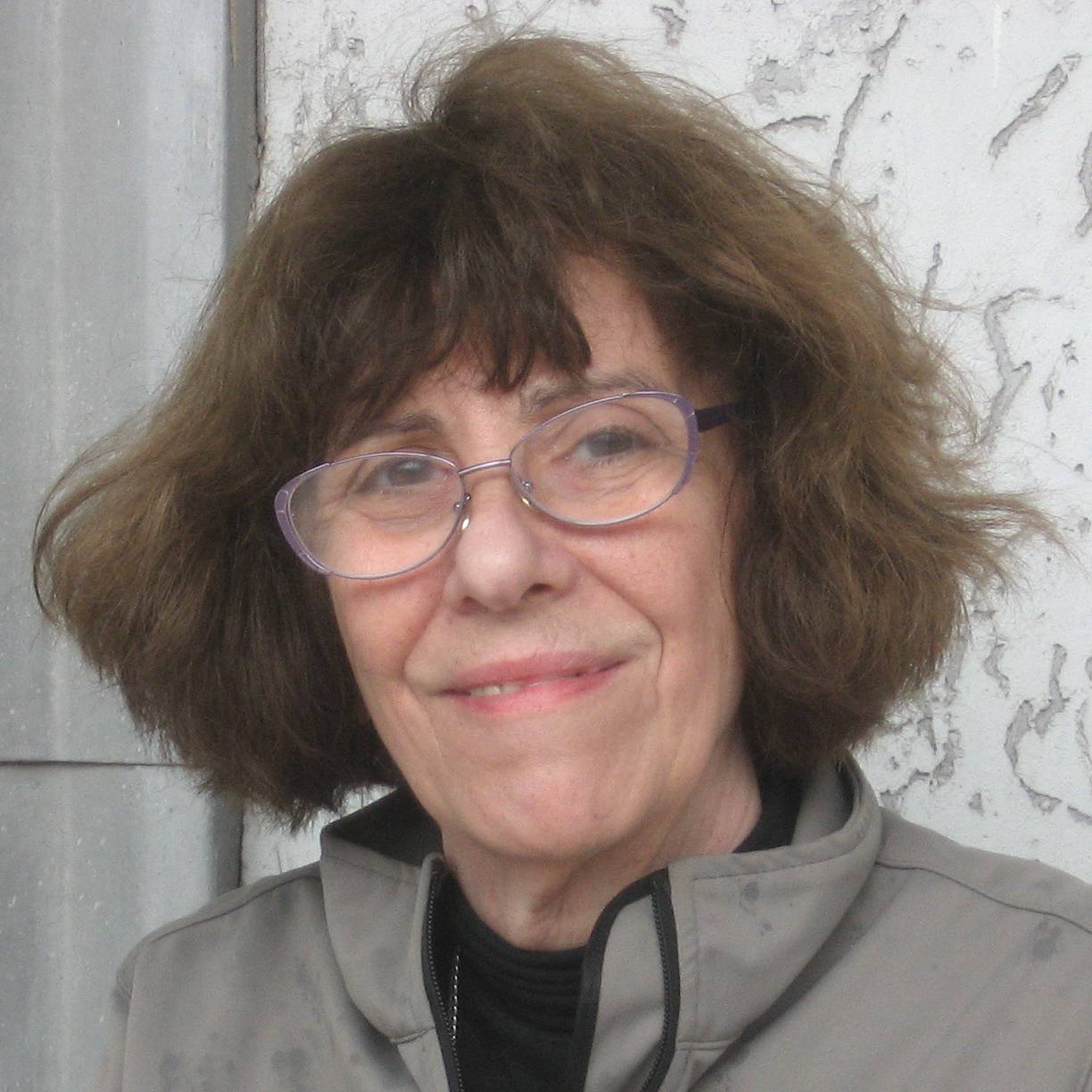Kateryna Bratus’, Senior Researcher.

Institute for Low Temperature Physics & Engineering,
47 Nauky Ave., Kharkov 61103 Ukraine
Graduated from Kharkov State University in1969.
PhD Phys & Math, ILTPE, 1983.
From January 1976, E.N. Bratus works at the ILTPE of the Ukrainian Academy of Sciences, consistently occupying the positions of junior research assistant, research assistant, and senior research assistant. From 1995 to 2006 she repeatedly worked as invited researcher in Chalmers University of Technology, Goteborg, Sweden
Main research field is:
Nonequilibrium superconductivity. Andreev physics in ballistic and diffusive Josephson junctions.Current noise and counting statistics. Different type of interaction of small quantum systems with large thermostats.
A theoretical study of the quantum transfer of electric charge in mesoscopic superconducting structures, including superconducting qubits.
The microscopic theory of the unsteady Josephson and dissipative current effect in point ballistic and mesoscopic diffusion contacts.
Using this theory, it was possible to quantitatively describe numerous experimental data on current-voltage and noise characteristics of contacts, establish complete statistics of charge transfer in short diffusion contacts, and predict a number of quantum interference effects due to the coherent dynamics of quasiparticles in hybrid superconducting structures.
Non-Markovian decoherence of a two-level system weakly coupled to a bosonic bath: An improved perturbation theory, based on a developed diagram technique, showed that slowly changing non-Markov "tails" dominate in long-term relaxation, while defeising is well described in the Markov approximation.
The entanglement evolution of two qubits embedded into disordered independent environments and a common environment was considered. The environment parts of the system Hamiltonian are described by hermitian random matrices of size N. It was shown that these models are asymptotically exactly solvable in the limit of large matrix size. By using then an analog of the Bogolyubov - van Hove asymptotic regime, it was possible to analyze a variety of the qubit dynamics ranging between the Markovian (memoryless) and non-Markovian (including the environment backaction) dynamics. There was probed the quantum correlation by the widely used numerical characteristics (quantiers) of quantum states: the negativity, the concurrence, the quantum discord and the von Neumann entropy. The first two are sufficiently adequate quantiers of entanglement, while the last two quantify also other nonclassical correlations. For the models with independent environments the typical behavior of the negativity and the concurrence is the monotone decay in time from their value at the initial moment to zero at a certain finite moment, the same for the negativity and the concurrence (known as the moment of the so-called Entanglement Sudden Death, ESB). These quantiers have the qualitatively same behavior for various parameters of the density of states of the environment and entangled initial conditions (being identically zero for the product states, i.e., initially unentangled conditions). For the model with the common random matrix environment the situation is quite different because of the indirect interaction of qubits via the environment. The concurrence and the negativity for the initially product states as function of time may be zero during a certain initial period and become positive later (the so-called Entanglement Sudden Birth, ESB), may not vanish at infinity (the so-called entanglement trapping), may have multiple alternating ESB's and ESD's and/or damping oscillation. A strong dependence on the initial conditions and on the density of states of the environment is also the case. The behavior of quantum discord proved to be also rather diverse. It may be zero only at infinity and under special conditions. It may attain a finite non zero value at infinity and may even grow monotonically for large times, may have the plateaux, known as the freezing of the discord , a regular and an oscillating behavior. Unlike this, the entropy varies regularly in time.
Publications Highlights:
- EN Bratus, VS Shumeiko, G Wendin, Theory of subharmonic gap structure in superconducting mesoscopic tunnel contacts, Physical review letters 74 (11), 2110,(1995)
- E. V. Bezuglyi, E. N. Bratus, V. S. Shumeiko, G. Wendin , Multiple Andreev Reflection and Enhanced Shot Noise in Diffusive Superconductor-Normal- Superconductor Junctions, Physical Review Letters 83(10):2050 (1999)
- E. V. Bezuglyi, E. N. Bratus’, V. S. Shumeiko, G Wendin, H Takayanagi , Circuit theory of multiple Andreev reflections in diffusive SNS junctions: The incogerent case, Physical Review B 62(21):14439 (2000)
- E V Bezuglyi, E N Bratus, V S Shumeiko and G Wendin, Current noise in diffusive SNS junctions in the incoherent MAR regime, Book Chapter in Quantum Noise in Mesoscopic Physics edited by Yu.V.Nazarov ,2003, Kluwer Academic Publisher.
- A Zazunov, VS Shumeiko, EN Bratus, J Lantz, G Wendin,Andreev level qubit, Physical review letters 90 (8), 087003,(2003)
- A.A. Slutskin, K.N. Bratus', A. Bergvall, V.S. Shumeiko, Non-Markovian decoherence of a two-level system weakly coupled to a bosonic bath, Europhysics Letters, ISSN 0295-5075, V. 96 , issue 4,pages 40003-1-40003-5 (2011)
- E.V. Bezuglyi, E.N. Bratus, V.S. Shumeiko, Dissipative charge transport in diffusive superconducting double-barrier junctions Physical Review B 83 (18), 184517 (2011).
- E.V. Bezuglyi, E.N. Bratus, Current–voltage characteristics of asymmetric double-barrier Josephson junctions, Physica C: Superconductivity 499, 15-23 (2014).
- E.V. Bezuglyi, E.N. Bratus, V.S. Shumeiko, G. Wendin, Current noise in diffusive SNS junctions in the incoherent MAR regime (a review), arXiv preprint arXiv:1412.0989 (2014).
- E.V. Bezuglyi, A.S. Vasenko, E.N. Bratus', Nonequilibrium and relaxation effects in tunnel superconducting junctions, Superconductor Science and Technology 30 (2), 025011 (2016).
- E.V. Bezuglyi, E.N. Bratus, V.S. Shumeiko, Resonant subgap current transport in Josephson field effect transistor, Physical Review B 95 (1), 014522 (2017)
- E. Bratus, L. Pastur, On the qubits dynamics in random matrix environment, Journal of Physics Communications 2 (1), 015017 (2018).
- E. Bratus and L. Pastur, The Dynamics of Quantum Correlations of Two Qubits in a Common Environment, Journal of Mathematical Physics, Analysis, Geometry, 16 (3), 228-262 (2020).
- E. Bratus and L. Pastur, Dynamics of two qubits in common environment, Reviews in Mathematical Physics, 33 (1), (2021).
